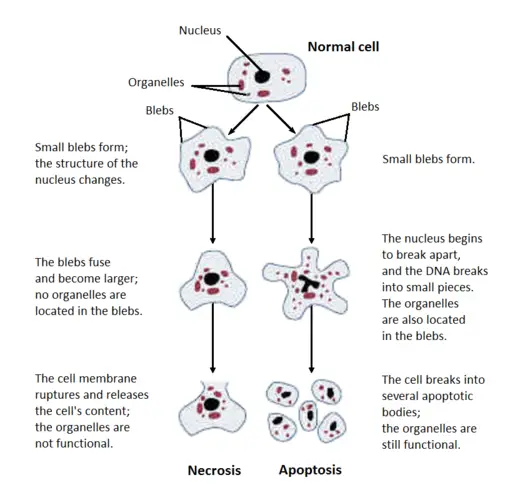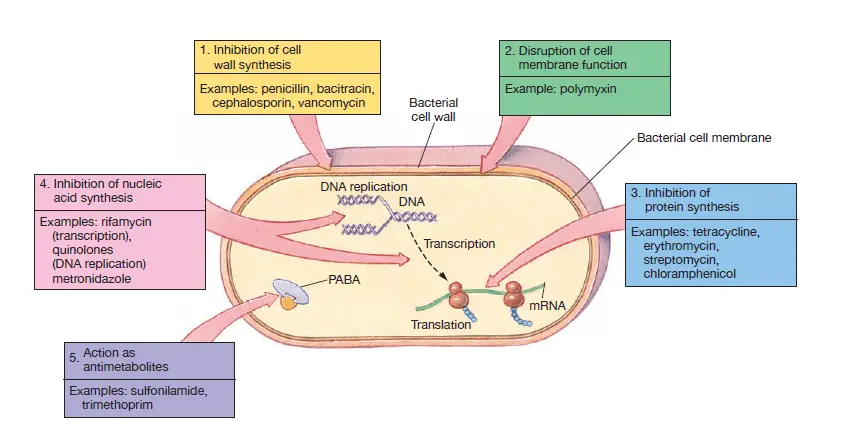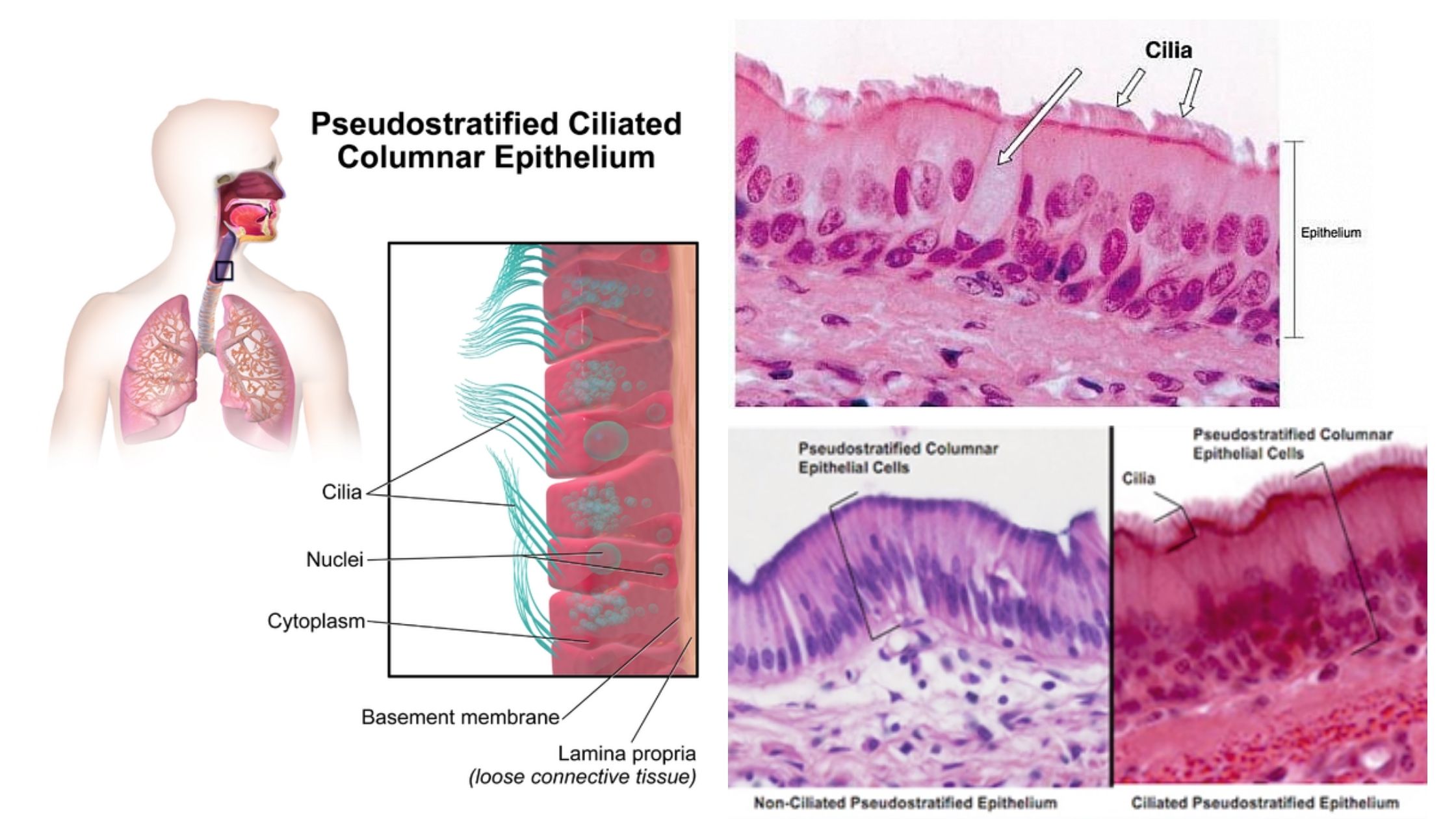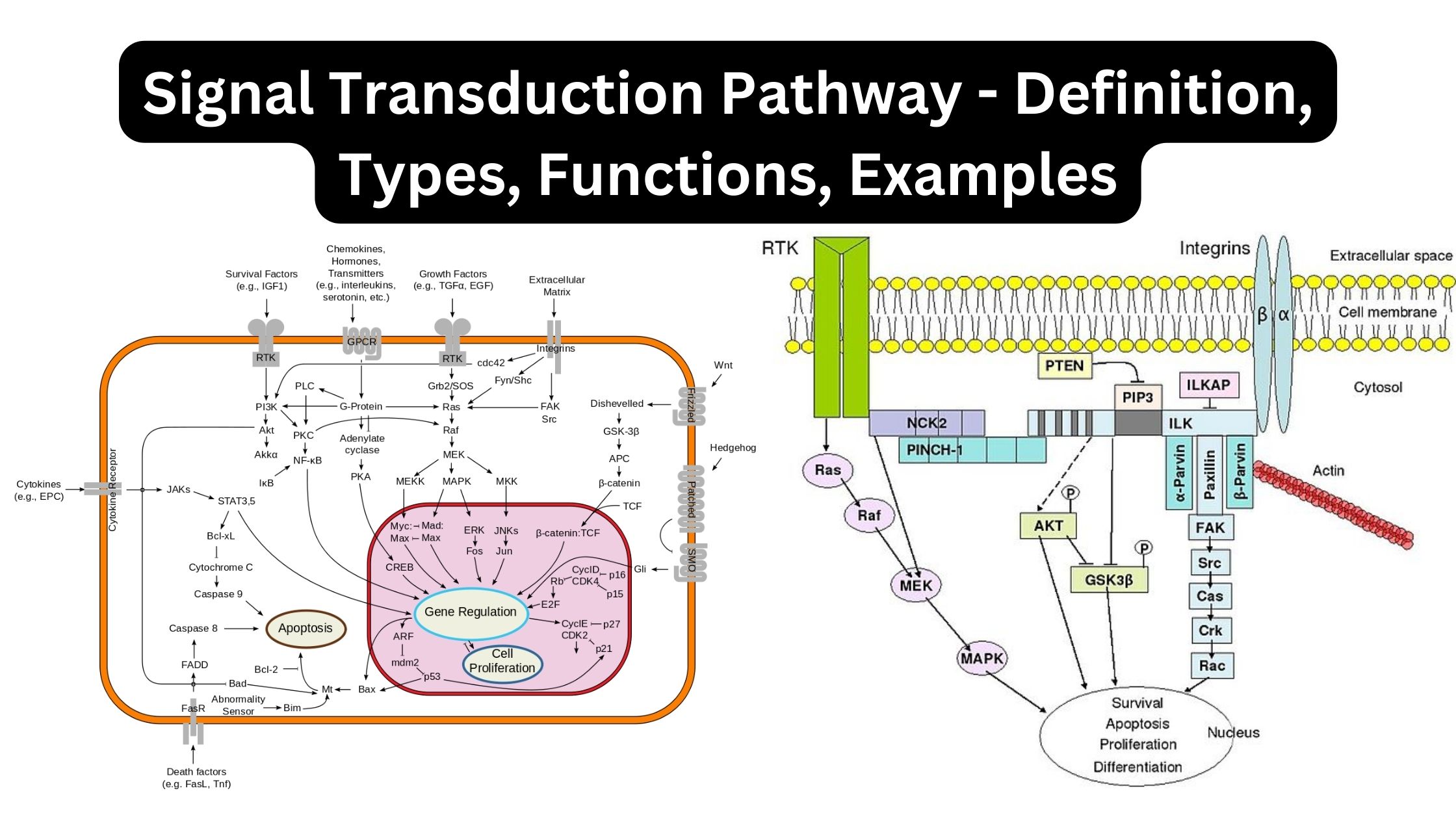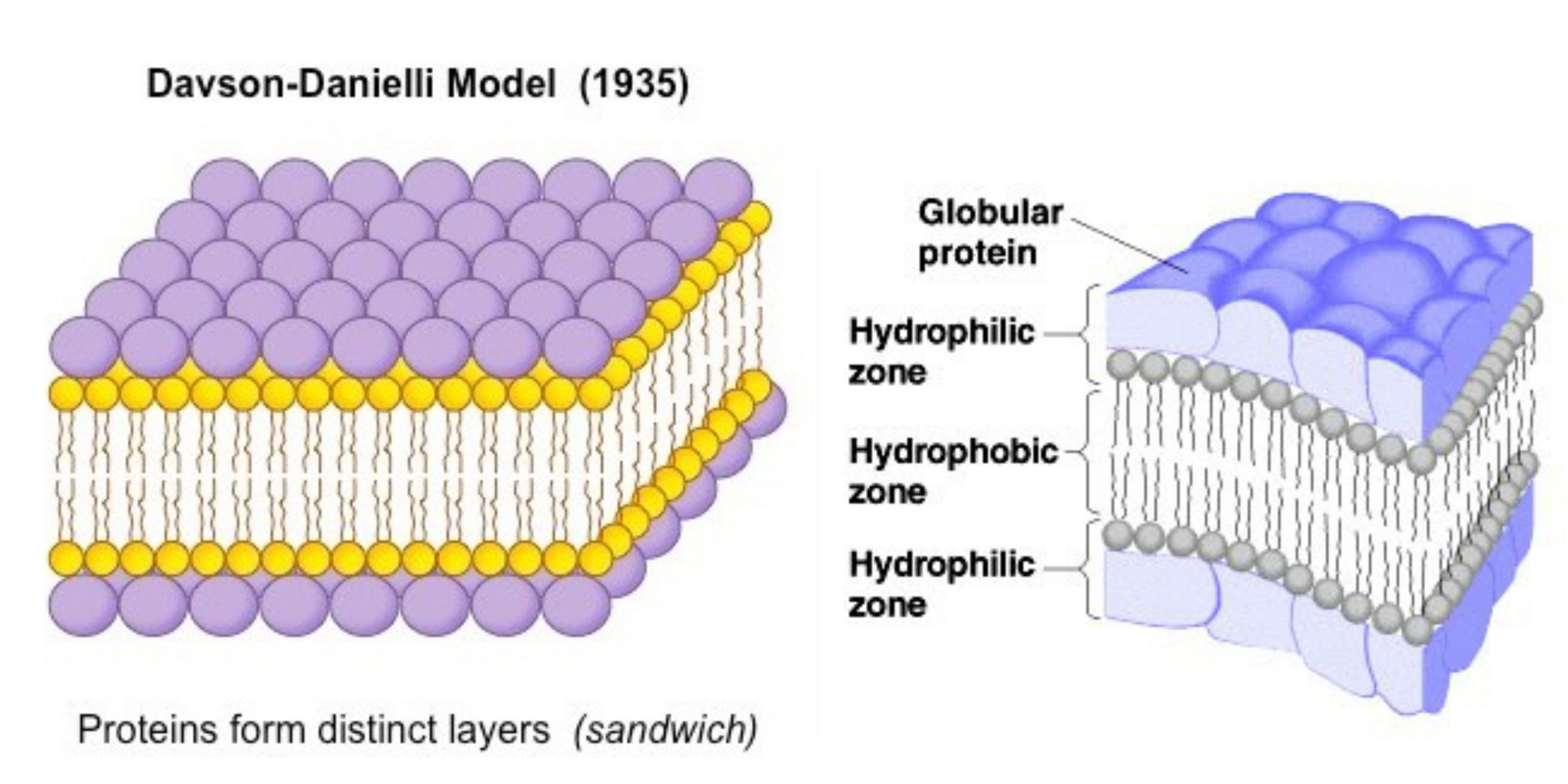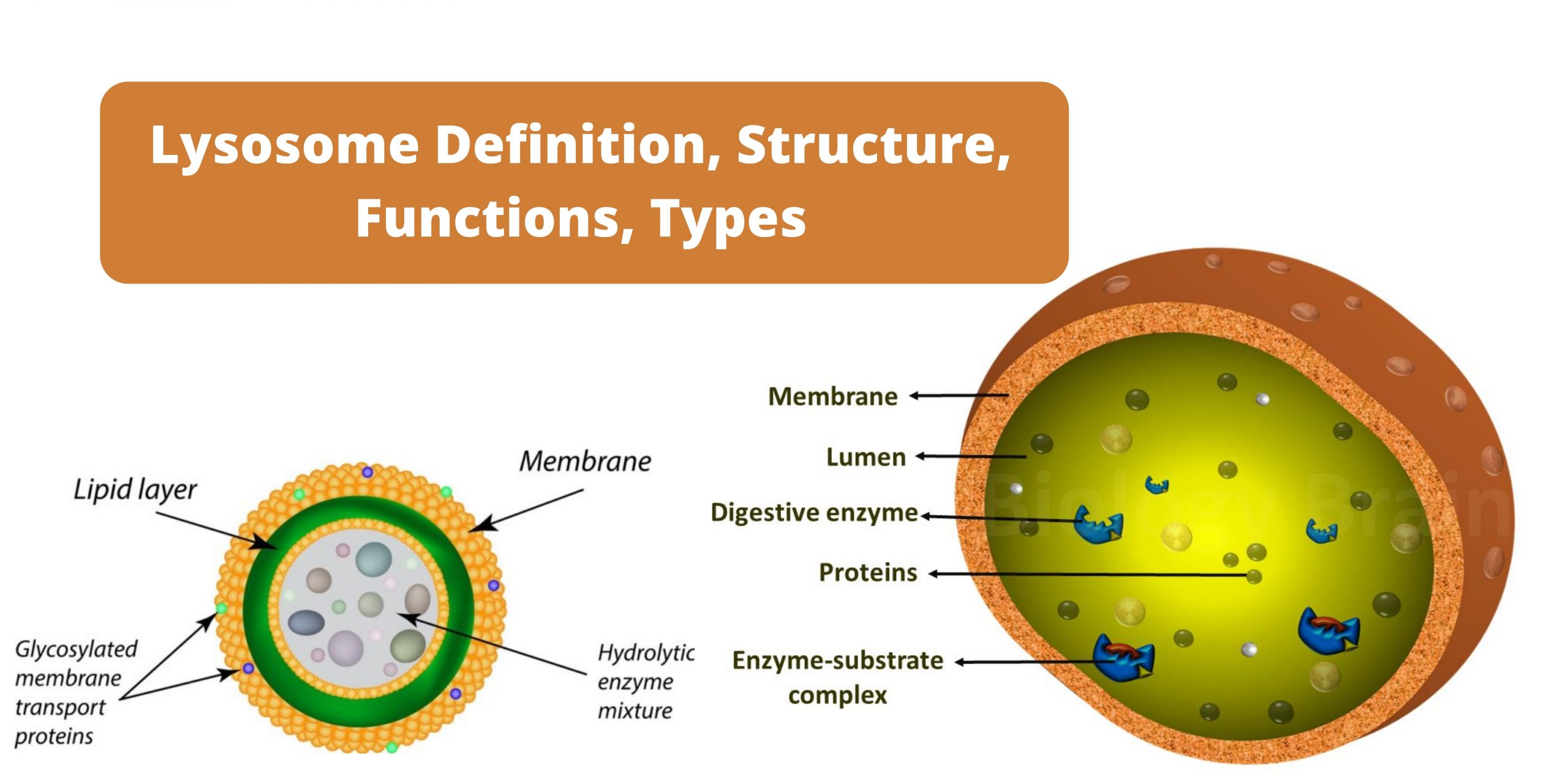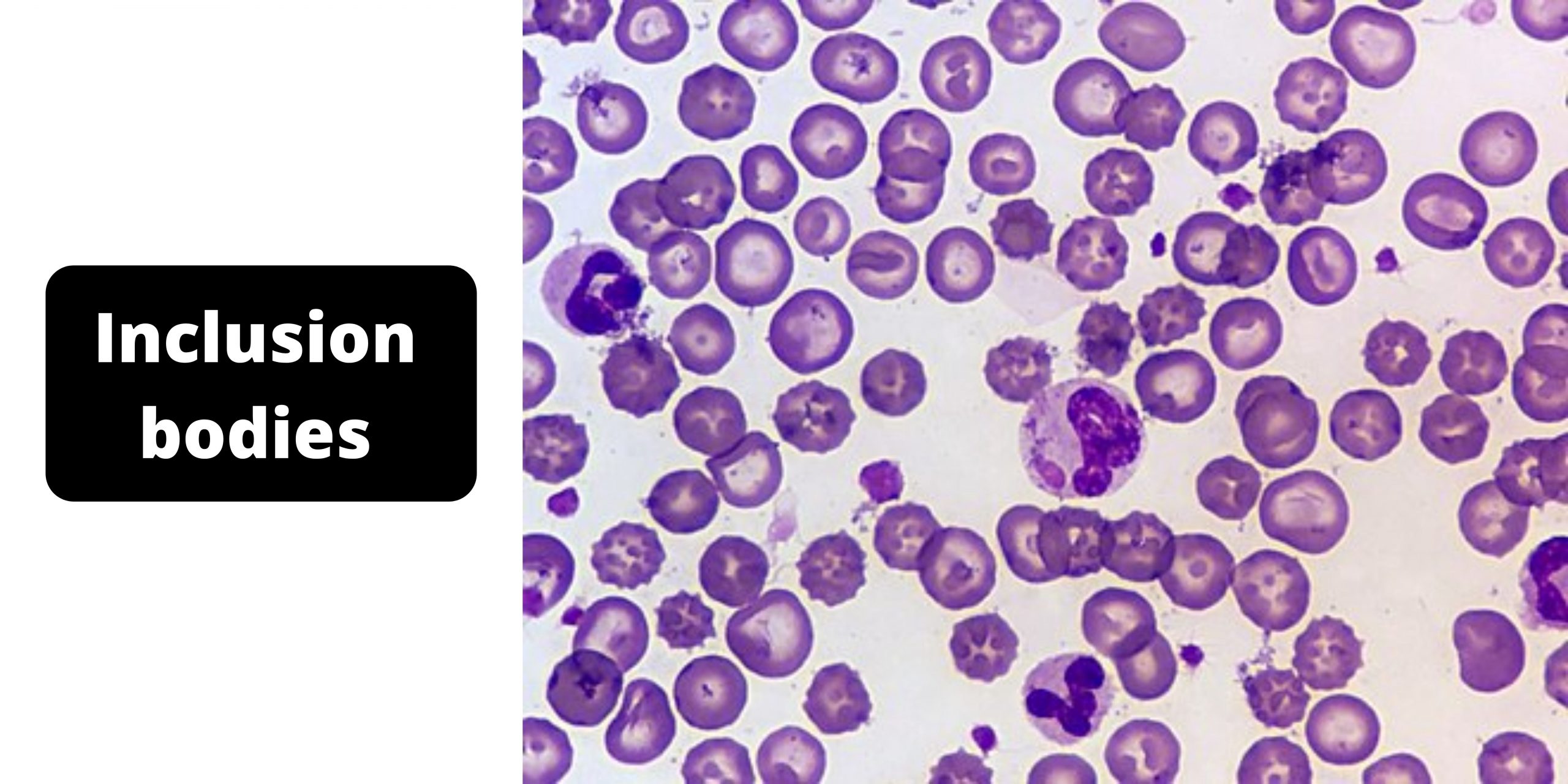Fertilization – Definition, Types, Process
Fertilization Definition External and Internal Fertilization Fertilizin and Antifertilizin Fertilizin Antifertilizin Process of Fertilization The two sequential steps of the fertilisation process are as follows: 1. The egg’s activation; 2. The amphimixis. 1. Activation of the Egg The process of activation of eggs is completed in following stages : (i) Movement of the sperm towards … Read more

